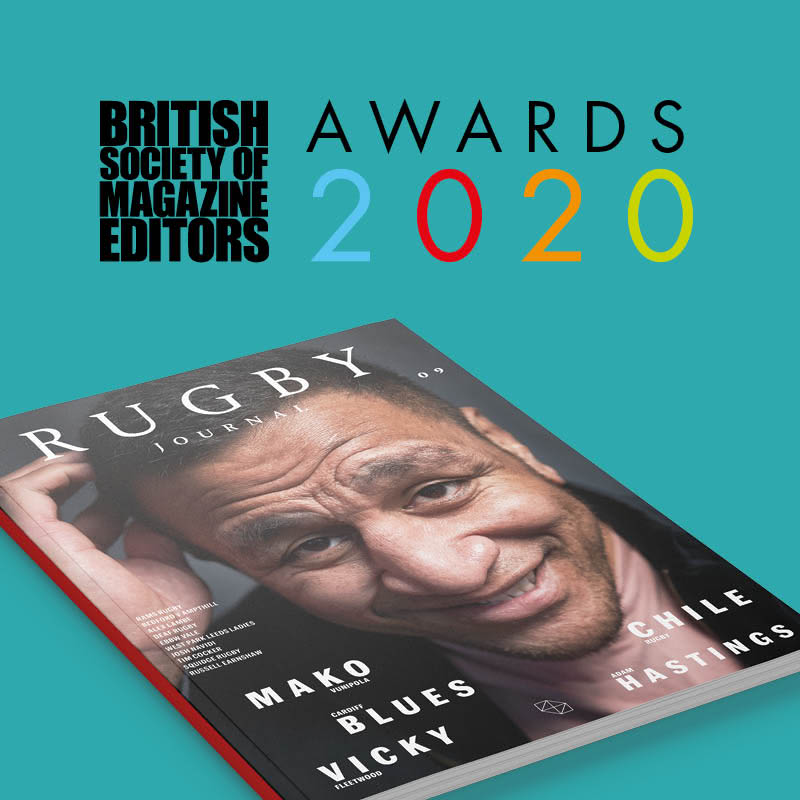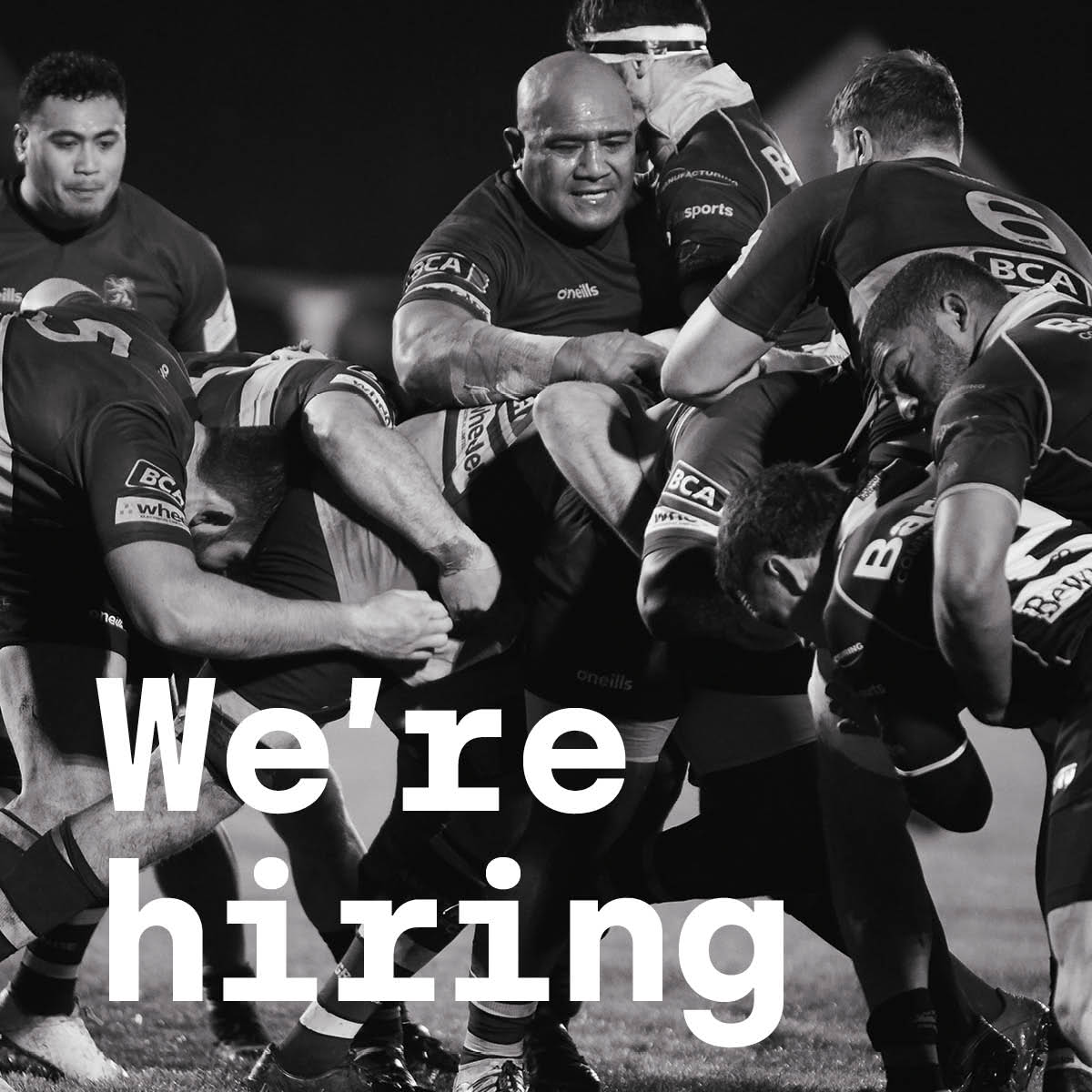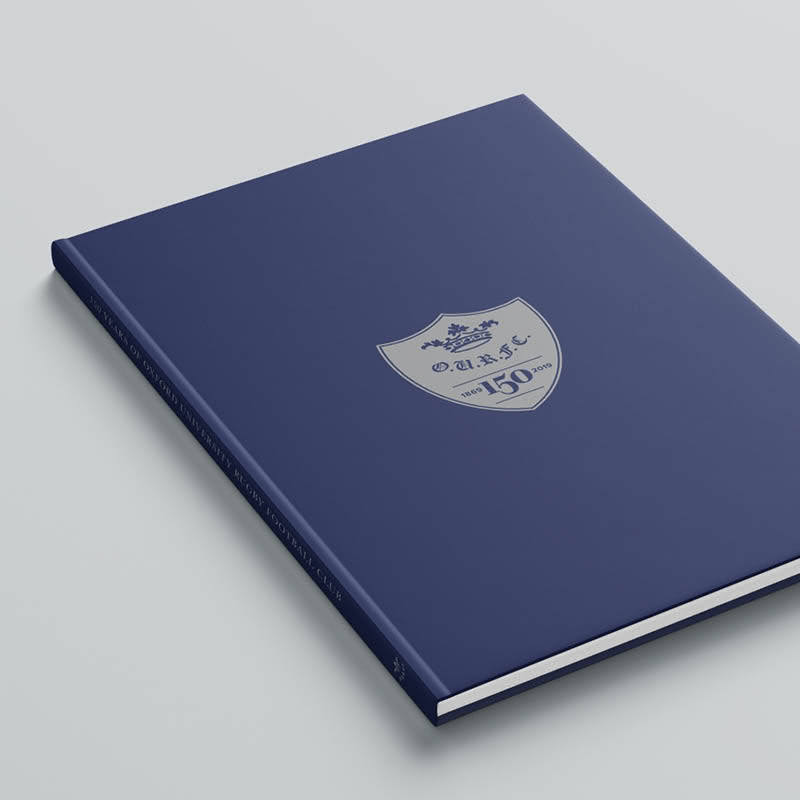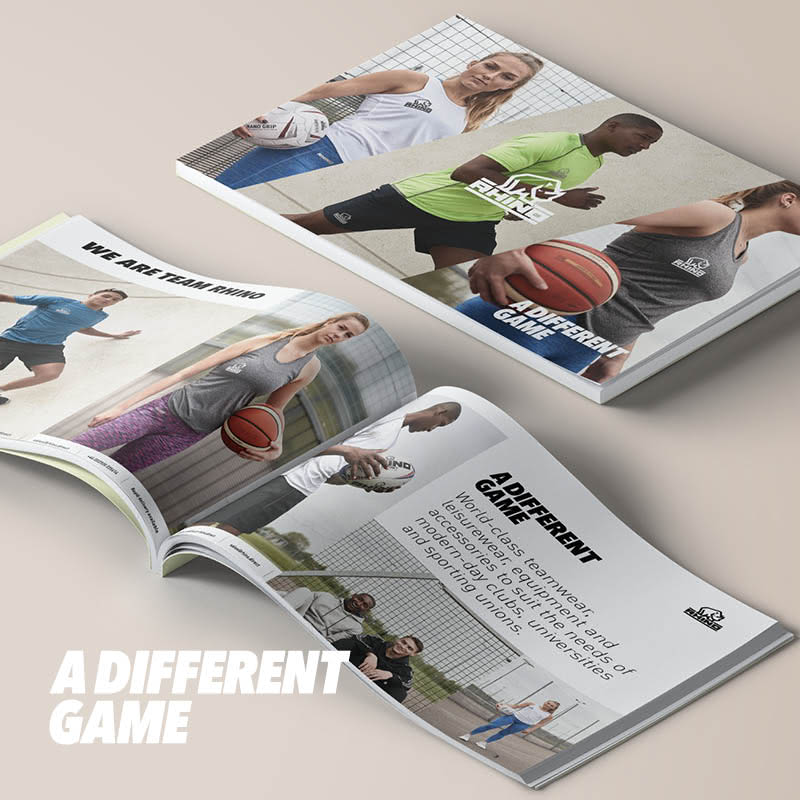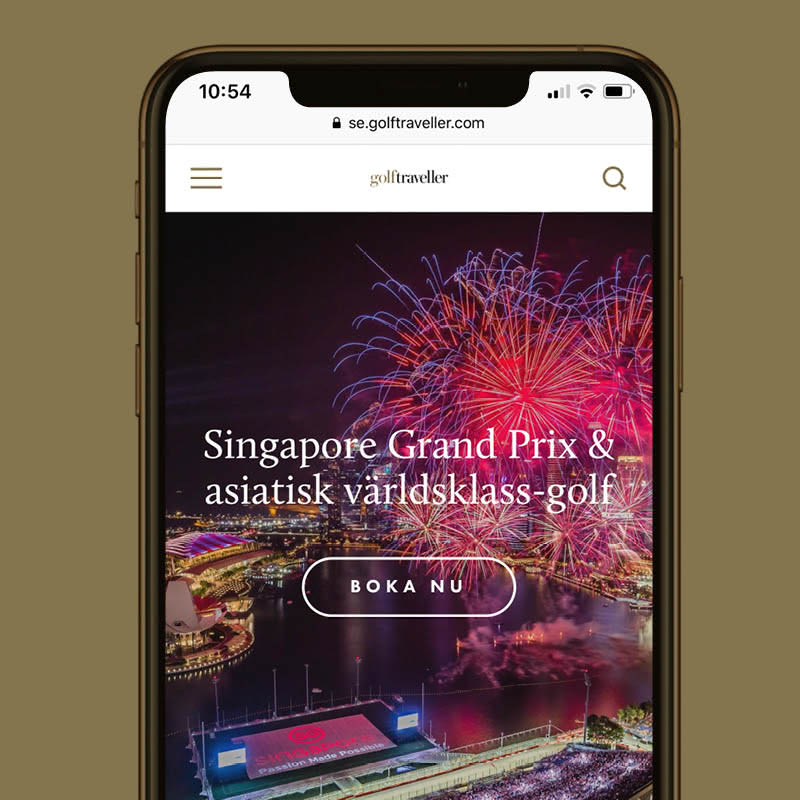Lessons learnt from the Bristol Rugby rebranding
Bristol have had their furry butts kicked on social media after announcing a rebrand to ‘Bristol Bears’. But have they really got it all wrong? eric’s content director, Alex Mead, thinks it’s all about context
This week’s rebranding of Bristol Rugby to Bristol Bears has seen the west country club get both barrels on social media. Bungle, George the Hofmeister bear, Russians, pandas on rocking horses, Teddy Bears at picnics and, most questionably, the gay slang meaning, have all been used as sticks to prod the Bristol Bears.
It’s part of the rebranding game, just as Tigers get tamed, Falcons get wings clipped and Saints get marched all over, but Bristol have been hit particularly hard. Surprising perhaps given they were once the Shoguns – but a brand paid for that, so all was forgiven.
Yet with only Exeter Chiefs making a profit in English rugby, at this point in time, who’s actually in a position to say they’ve got it wrong? Whether you like it or not, the views of current fans – especially those of other clubs – don’t matter in the slightest. They’re not the target audience. As owner Steve Lansdown, says in the ‘branding brochure’ it’s about ‘new markets’. More specifically, as chief operations officer Mark Tainton reinforces, it’s about ‘expanding rugby markets in the USA and Asia’, which gives them, ‘a chance to establish a truly global brand’. And we all know how much those Americans and Asians love a bear.
As with the Glaziers in football and every other sporting club that’s ever changed their name, club colours, ground or manager – views of opposition fans don’t matter and the existing fans will, by and large, ride out the changes. If they win. And even if they don’t, many will still be there anyway.
Bristol are aiming to get 27,000 to every home game, which means, going by their last stint in the top flight, they need an extra 13,000 or so. They’ve pumped millions into creating a side to win the Championship with plenty to spare and they’re going to need to spend more just to stay up next year, so new fans from overseas spending in the online club shop will help things too. As any football merchandiser will tell you, that’s where the big bucks live.
What Bristol Bears have got badly wrong is mistaking the current rugby audience for the new one. The current one is still, for the most part, born of the amateur era, where, even almost 30 years on, there are still awkward feelings about the showmanship nature of professional rugby. Players celebrating, players on social media, games overseas, games with too many tries and anything that deviates from the traditional are still regular topics of discomfort. In their launch material, Bristol Bears made more than a few errors of judgement.
The launch video has the feel of a post-apocalyptic, sci-fi flick from the 90s, only with special handshakes, players getting dressed in the dark and finishing with a sinister looking bear symbol. At any moment, you expect an FBI boss to step away from the screen and say, ‘and that’s all we know about this Russian gang’.
The main promo poster has Steven Luatua, Ian Madigan and Luke Morahan, standing all Marvel-esque like a rugby version of those three baddies in black from Superman 2.
And then there are the mission statements which just make matters worse. ‘Bear in Spirit’ is the first and seems keen on the whole ‘hibernation’ angle that’s prevalent throughout the propaganda. It’s an insight into the branding meeting.
“So, we’re a sleeping giant, right? So, what sleeps and is a giant?”
“Whales? Wait, do they sleep?”
“No, don’t think so.”
“The Rock?”
“No, he’s got the IP sewn up.”
“Bears?”
“Yes Fernando, yes, brilliant, let’s do this.”
Throw in the American target audience, a feint recollection of Chicago’s American Football team (and The Fridge) being well-known in the 80s and, bang, you’ve got a new brand right there.
Back to ‘Bear in Spirit’ though and it’s very useful insight. Apparently, when bears wake up, they’re a ‘force to be reckoned with’, but they also ‘respect the land and the community in which it lives’. Which is good because nobody wants a team of litter-dropping, ASBO bears do they?
The second mission statement, ‘Bear in Mind’, has to be read straight after ‘Bear in Spirit’ as it talks about how they must ‘channel the spirit’ because, eventually, it’s about ‘the way we stand up’. It’s all very confusing and I’m still not sure if the whole standing up thing is about dancing bears, angry grizzlies or another metaphor I’ve totally missed.
Again, though, this is about audience messages. Who were these statements for? Who is the video for? Is it for us or the new fans? Did they really think English rugby fans would watch the videos, check out the new kit, soak up the meaning of ‘Bear in Spirit/Bear in Mind’ and go, ‘Bristol Bears, f**k yeah, let’s do this’?
If you read the whole launch PDF, there’s loads of genuinely good stuff in there about increasing attendances, world-class facilities, matchday entertainment, fan villages, supporter meetings, developing local talent and the Bristol community. All of this should improve attendances, help Bristol on the pitch and make matchday more appealing to new, younger audiences. Bristol are creating something good for their fans. But the sensible business plans get drowned out by the branding propaganda and cheeseball messaging. A more subtle approach, focused on those practical business goals and the rugby itself would have helped the English audience understand the rationale, whereas, instead, everyone has got lost in the Blade Runner-style promo video and the attempt to get us all to find our inner-bear.
Ultimately though, if Bristol Bears smash everyone in sight, get the crowds flooding in with their expansive rugby and play a sell-out fixture in Chicago, putting 60 points past the rather prosaically named Bath Rugby in the process, who’ll be laughing then? Paddington, Rupert, Yogi, and their new Bristol Bear buddies, that’s who.
eric is a multi-platform content marketing agency, with clients including Golf Traveller, Rhino, NZR, and Aropec. eric also publishes RUGBY, a quarterly journal.
